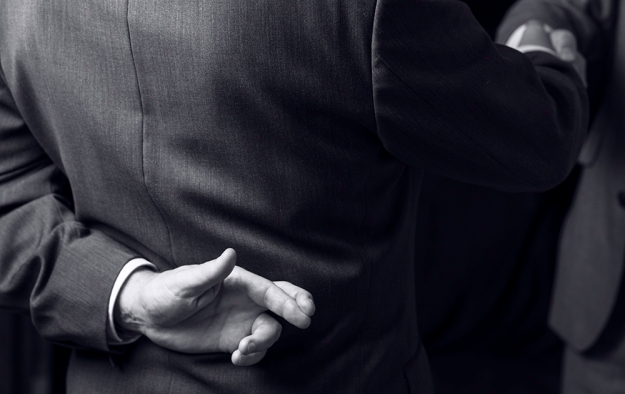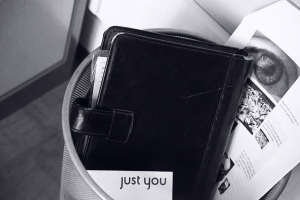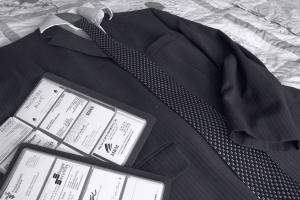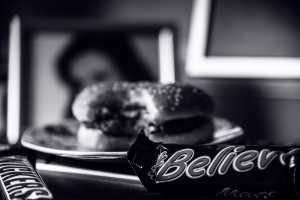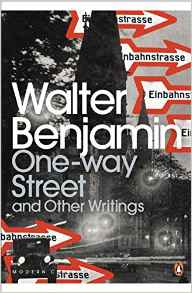512659 Shaun Mullins PH4CAN Results Letter
512659 Shaun Mullins PH4CAN Marksheet
I have received my marks and confirmation that I have passed! Which is great!
I am however, a little disappointed at the marks I got as I did my very best and read as many books as I could lay my hands on to fully understand the theory and concepts behind this course and put them in to practical practice.
I found my photographic assignments very challenging, and I spent a great deal of time reading for research and brainstorming for ideas which my blogs illustrate with my handwritten notes, sketched ideas. I was disappointed that as a result of all that my images are criticized as being ‘stock-photography’. It is also very ironic because at one point when I really couldn’t come up with any ideas I tried looking for stock-photos for inspiration but found nothing of any use. So clearly their is a great stock-photography web-site I don’t know about, or maybe I’m just not good at asking the right questions to find them. Anyway, these images came out of my head not anyone else’s but as I keep reading in every book OCA lists, “There is no such thing as a new idea” (unless you are an Assessor of cause) Maybe, my ideas were cliche; I don’t know, I haven’t seen enough photos like mine to know, but I guess the assessors have. I bow to their experience. My images were considered too obvious, hopefully in time my experience will teach my imagination to be more sophisticated and in turn more subtle. My new course is also helping with ideas of motifs and the rule-of-three which I can use in photo essays to be able to put over an idea in subtler ways as they do in Hollywood. Art like science works best with cross-fertilization of ideas, theories and practices. For example, Geologist and Paleontologists have a better understanding of their work by being aware of the others sciences.
With regards to my essay, I was congratulated on producing a good essay. I was criticized for reading too diverse range of books and authors; but at this stage of my course I am still trying to learn as much as I can whilst looking for something that can inspire me enough to confidently specialize in. I prefer portraiture work and the Film-Noir images I did with Nikon really gave me a buzz; so I think that style of work is my forte. I love using all kinds of lighting to create interesting / stunning images and just using natural-light I find boring. This is where I think I will start drilling.
Anyway, I passed and I now need 40 points to reach my 120 which I hope I can achieve for my next course which was a new challenge, film-making.
If anyone other than myself bothers to read this, please wish me luck!







